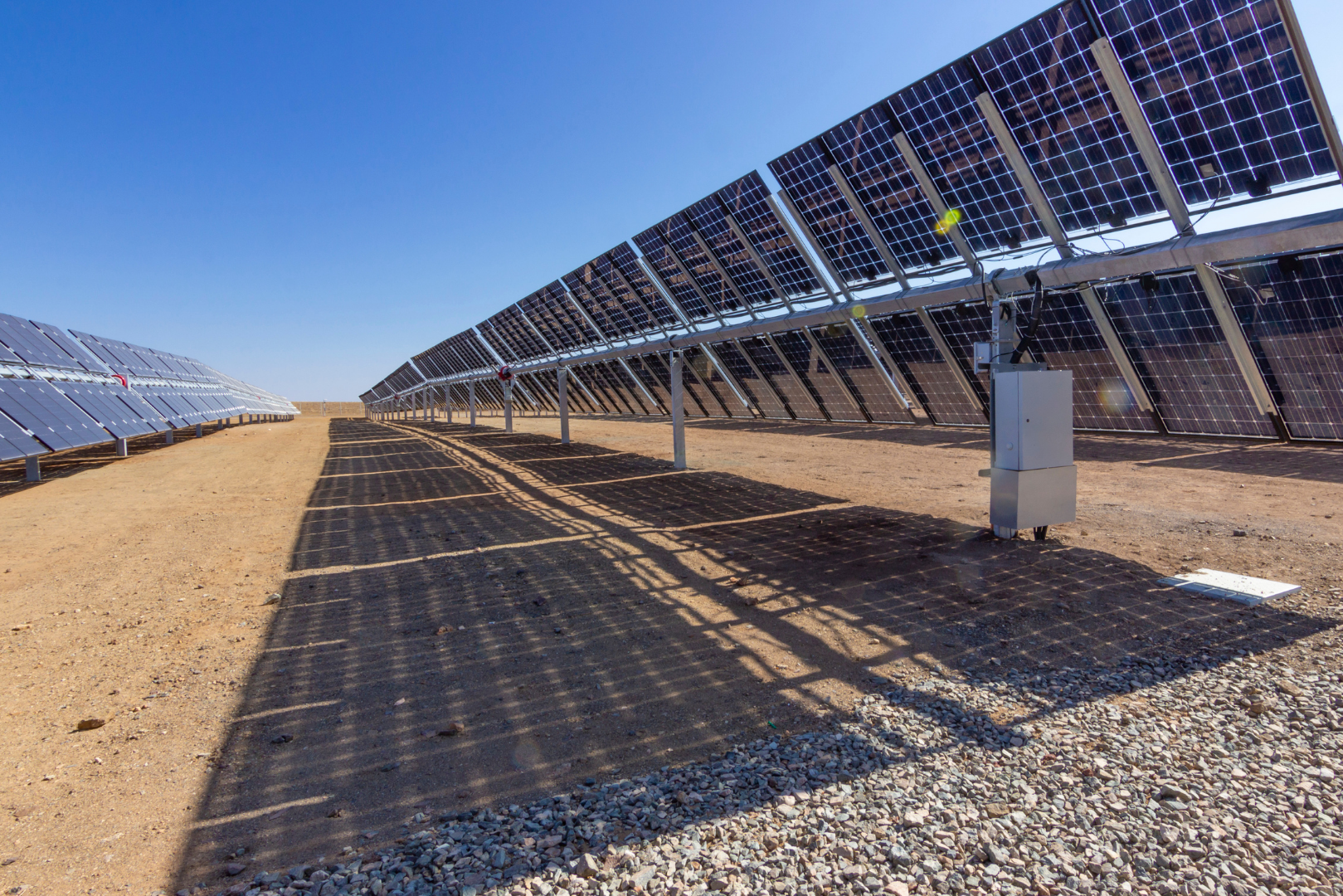Back in 2020, we published a blog outlining the benefits of Bifacial Solar PV Modules, demonstrating that they offered the lowest Levelized Cost of Energy (LCOE) when it comes to Solar and suggesting that Bifiacials are likely the future of photovoltaics.
In 2022, even with our bright outlook toward bifacial modules, our expectations are still being greatly exceeded. A recent study in the June 2021 issue of the Journal of Cleaner Production predicts that the rapidly increasing demand will lead to a market share of 70% for bifacial PV by 2030.
This demand is driven by the falling cost of bifacial solar modules and their benefits. They have been shown to increase power production by 25% in ideal conditions (but in reality, averages closer to 3-10% annually). But are they worth the additional cost?
While Bifacial modules have always been the costlier option, the prices have come down very close to monofacial prices in the past year! However, even if the bifacial route is slightly more expensive, it is still an additional cost. So if you don’t see an uptick in production while forecasting your system, you may want to stick with monofacials.
Bifacials can add substantial increases in production by collecting additional reflected energy on the back of the panels. However, several factors need to be considered when deciding between bifacial and monofacial panels for your system. There are many advantages to transitioning to bifacial, but it’s best to understand the potential downsides and know your break-even point. We hope this blog will steer you in the right direction.
The Benefits of Bifacial PV Modules
We covered the many benefits of using bifacial modules in our 2020 blog, “Bifacial Solar Panels Offer Lowest Levelized Cost of Energy for Solar.” To summarize, those benefits include:
- Total energy generation increased in the same sized (or smaller) footprint.
- Increased production at the same/similar installation cost.
- Optimal at locations with high albedo.
- Synergy between rear-facing exposure and improved ventilation.
- Improved durability and aesthetics
That all sounds great so far, however, we know that many of these numbers reflect optimal conditions, and optimal conditions are hardly the norm. How can you know for sure?
When does it make sense to use bifacial over monofacial modules?
You may be thinking, “I know my project may present sub-optimal conditions… So when does it make sense to utilize bifacials?” It depends on several factors, including:
- The conditions of the site
- The height of the modules
- The distance between modules
- And the reflectivity (albedo) of the mounting surface.
Once you have an accurate model of the site conditions, you can come much closer to calculating your break-even point. After that, it will come down to the additional cost for the modules and the value of the energy you are producing.
According to Scott Stephens, the Director of Technology Development at Clearway Energy: “Although bifacial technology may cost $0.05/W more to install than a monofacial PV system, a conservative 10% bifacial gain easily outweighs the risk.”
Of course, suppose you’re interested in calculating your optimal setup and maximizing your dollar spend for Solar PV projects. In that case, you’re only one short call away from an expert team of consultants who can offer a full suite of customized engineering services.
Are Bifacial Solar Panels suitable for me?
There’s only one way to answer that question—you’ll need to calculate the cost of Bifacial solar panels over alternative options and determine if the forecasted increase in energy production is enough to warrant the higher cost.
Determining these kinds of decisions early in the process will lead to significant savings throughout the life of your solar PV project. That’s where Compass can help.
Feasibility analysis and preliminary system design is the first step in building your system. We consider your property, rooftop, exposure to the sun, and obstructions to offer long-term planning for the best paybacks and efficiency throughout the life of the system.



